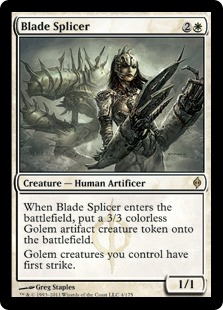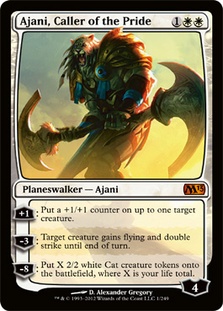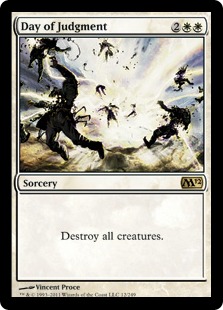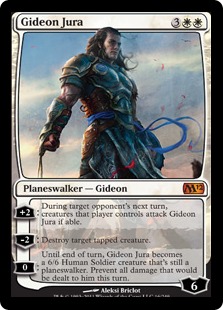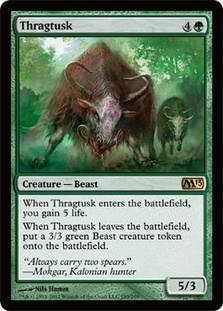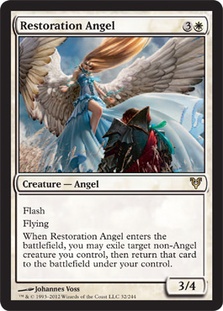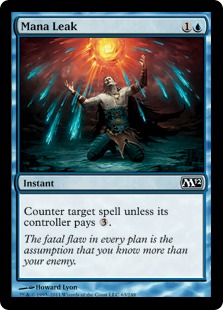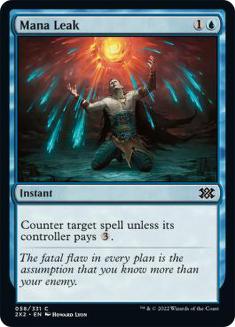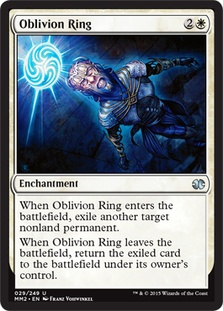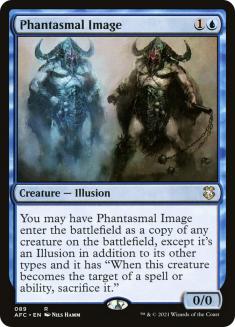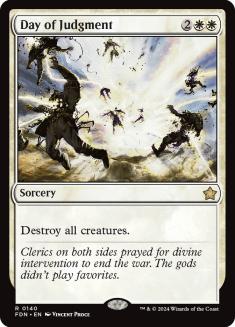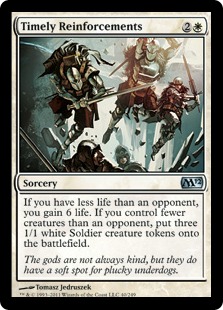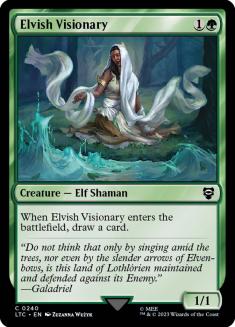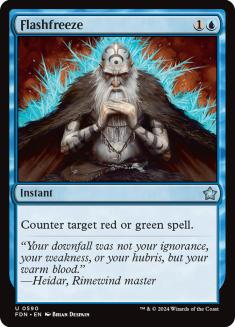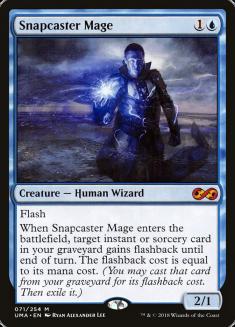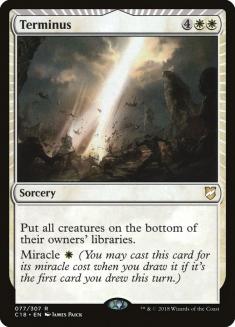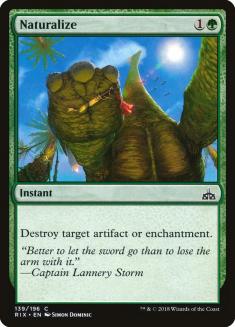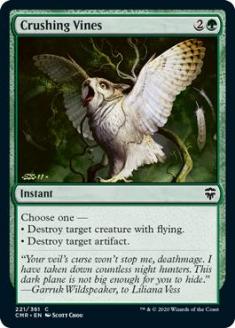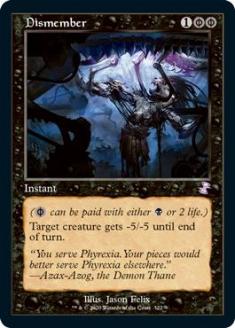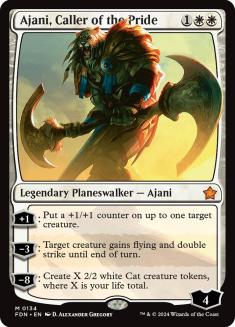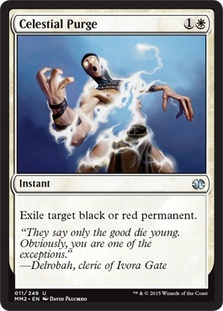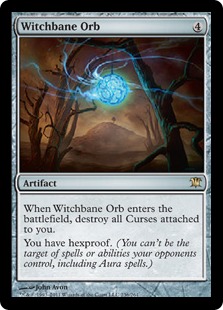Not until this past week when I was messing around with deck ideas did something occur to me on my journey to find a powerhouse Standard build. Thragtusk is really close to being the new “Titan,” as he does everything you want him to do in the right deck. Thragtusk provides huge swings in the game on both the offensive end as well as the defensive. However, using him offensively provides a little help from the support cast as we’ll discuss later.
Using Thragtusk as a Wall provides you with a lot of card advantage while your opponent tries to deal with a 5/3 followed by a 3/3. It also protects your planeswalkers, which are often your most powerful cards as well as the hardest to deal with (despite Thragtusk being difficult to deal with himself). Â
Thragtusk and planeswalkers: that’s the premise of the deck.
Observe.
Creatures (19)
Planeswalkers (5)
Lands (24)
Spells (12)

As you can see, there’s a whole lot more to this deck than just slamming planeswalkers and Thragtusks to win the game. This deck is one that can fight against each archetype’s weak areas. For instance, if you are playing against Delver, they are faster than you. Therefore, against it you want to be the control deck and you want to get a lock on the game before you can start attacking. Sometimes this happens as early as turn 5. Against Zombies you’re fighting a similar fight; be the control deck until your opponent can’t draw outs.
But against a deck like Wolf Run Blue, which just won this past weekend, you can play aggro or control depending on your draws, both of which can work depending on the game state. And against control decks, you can just go with the Blade Splicer draw and force your opponent to tap out before following it up with more threats. Sticking an Ajani against a control opponent often results in a win, as they have to use a lot of resources to make sure Ajani doesn’t ultimate (this happens a lot against plenty of decks actually).
Day of Judgment is completely disrespected in quite a few lists lately, and although that may be fine since it’s just ok versus Delver, I think it is a necessary inclusion as an out to any swarm deck. One of Day of Judgment’s weak areas lately has been undying, but what’s sweet is the fact that Ajani can add a counter to undying and Day of Judgment the board while still threatening a game ending move in the form of a Cat. Speaking of Ajani (who has apparently been waiting a little too long to pounce), this card is so incredibly underrated it makes me want to write an entire article on why he’s good. But I’ll keep it short for the time being. I want you guys to play with him—hopefully in Bant Midrange.
10 Reasons Ajani Is Completely Ridiculous
- Ajani costs three mana. THREE MANA!
- This allows Ajani to come down early without looking at death the next turn, basically dodging lethal. After all, he’s a Cat.
- +1/+1 is far more relevant than you might think. Giving an Elvish Visionary a counter after Ajani is dropped results in a 2/2; this can kill a Geist of Saint Traft or a Diregraf Ghoul among others. Your Restoration Angels are better than their Angels because of a counter. Thragtusk can attack through a Blade Splicer Golem with a counter. The list goes on.
- Ajani is a legitimate win condition to partially base your game plan around. His ultimate, particularly with four Thragtusks plus rebuys (along with Restoration Angel), ends games, and this goal is realistic because he comes down early. See point #2.
- He kills opposing Phantasmal Images. And this is a plus ability!
- Thragtusk swings for ten when using Ajani’s second ability.
- He’s a great card to play later in the game. Oftentimes he comes in and uses flying and double strike to simply end a game when your opponent is unsuspecting.
- He buys you more time to set up big Day of Judgments against creature swarm decks because they are forced to overextend.
- You can add counters to undying as mentioned earlier and then Day of Judgment them away for full value.
- Gideon swings for twelve!
Speaking of Gideon, he and Ajani are simply incredible together. They can play a complete control game when paired up, or they can be very aggressive. An added bonus to this sexy combo is the fact that Restoration Angel can Blink in to save Gideon from removal or Blink him in your second main phase to reset him to eight counters and then use his +2 ability, getting full value out of your Gideons each turn and then some.
Gideon is a card that enjoys board presence when you cast him so that you can make favorable blocks or trades on the defense or simply take over the board control game once he’s stuck. Making your opponent have to deal with both a board of guys (including one that doesn’t die easily) and a planeswalker that threatens the game on his own. Going Thragtusk into Gideon followed by some form of Restoration Angel is a backbreaking series of plays.
Bant Midrange aims to utilize Standard’s best cards in a synergistic shell. Cards like Ponder and Thragtusk help further the game plan. Nearly every option for Restoration Angel is strong. Blade Splicer can be aggressive or act as a stonewall, and even Elvish Visionary is a nice target. Despite not being a top ten Standard card, a card like Elvish Visionary is the glue that holds all of this together.
Elvish Visionary works for a few reasons; primarily it smooths out your draws. But because it pairs up with Ajani and Restoration Angel, it’s more than just a 1/1 in this deck. By far the most important reason it’s included in the deck, however, is the fact that it helps you hit your mana, which is key since we’re a midrange deck with 24 land. Sure, the top of the curve is five, but you want to be casting exactly what you need each turn or you run into the chance you’ll fall behind. Thragtusk is about the only card that can pull you out of this situation unless you are lucky enough to wall up with Blade Splicer and Restoration Angel.
All of this without Blade Splicer simply wouldn’t work. With a single Blade Splicer, a Bant Pod deck or similar list must overextend simply to build enough board presence to attack through a 3/3 first strike. Based on this, you can then opt to fight the board presence game with Restoration Angels and the like or you can play a very patient battle to get extreme value from a Day of Judgment. Blade Splicer not only is card advantage, but creates card disadvantage for your opponent to boot.
Phantasmal Image is good for obvious reasons, as is Ponder. Mana Leak is a two-of to keep opponents honest, but sometimes it’s exactly what you need to keep control of the game.
There are plenty of options every turn in this deck to set up your game plan, but one of the biggest decisions is the mana. The mana is finally consistent (it took me a while), but it does require quite a bit of thought process as to how to play your lands as well as your Ponders. Know what your spells are and when you need to cast them because it comes up every single game. Casting an Elvish Visionary on turn 2 is almost always the correct play if it’s an option for you, as is occasionally sitting on a Mana Leak. But both of these plays require the appropriate mana by turn 2, although you have to pay attention to what that allows you to play on turns 3 and later. It changes a lot because the need for a basic and then the M13 dual land comes up enough to have to mention it. And of course if my mana is off, which is quite possible, please let me know how you’d build it after you give Bant Midrange a try.
Before I wrap up, I want to emphasize the way I play the deck because I’ve noticed that some of my brews don’t have an obvious game plan. If people don’t know what my game plan is, they end up playing my decks very differently and getting very different results. So if your results with this deck are strictly negative, perhaps take note of some things mentioned earlier about hitting your opponents’ weak areas. It could just be the deck isn’t your style either, or maybe I’m just a lucksack and the deck sucks (child please).
My game plan with this deck is to find my route to victory early and stick with it, unless something needs to change during the course of the game. Did your opponent not cast anything for two turns? Then turn 3 should probably be a Blade Splicer or Ajani based on what they are playing. Is your opponent playing an aggro deck? Play the board control game. Is your opponent waiting for you to cast cards? Do it! Throw out those creatures.
Sideboard guides are not very useful and I don’t usually do them because of this, but to give you an idea how I sideboard versus a few decks I’ll leave you with this.
Versus Delver
Take out:
Put in:
Occasionally you’ll want Crushing Vines if you see equipment or even Mortarpod (which I like more on the play).
Versus Ramp
Take out:
Put in:
Versus Pod Variants
Take out:
Put in:
Verses Zombies
Take out:
Put in:
This matchup can be tough, which is why the sideboard has some heavy hate. You want to play the Thragtusk control game here; he’s by far your best card against Zombies.
There are a ton of other decks that are seeing play right now, but this should give you an idea of how I play the deck as well as what I feel the game plans are against the most popular ones. Enjoy playing #AllTheTusks.
I’ve been working on my stream, and that’s generally where these decks come to fruition. So come join the fun and brewing sometime!
Twitch.tv/smi77y Â

